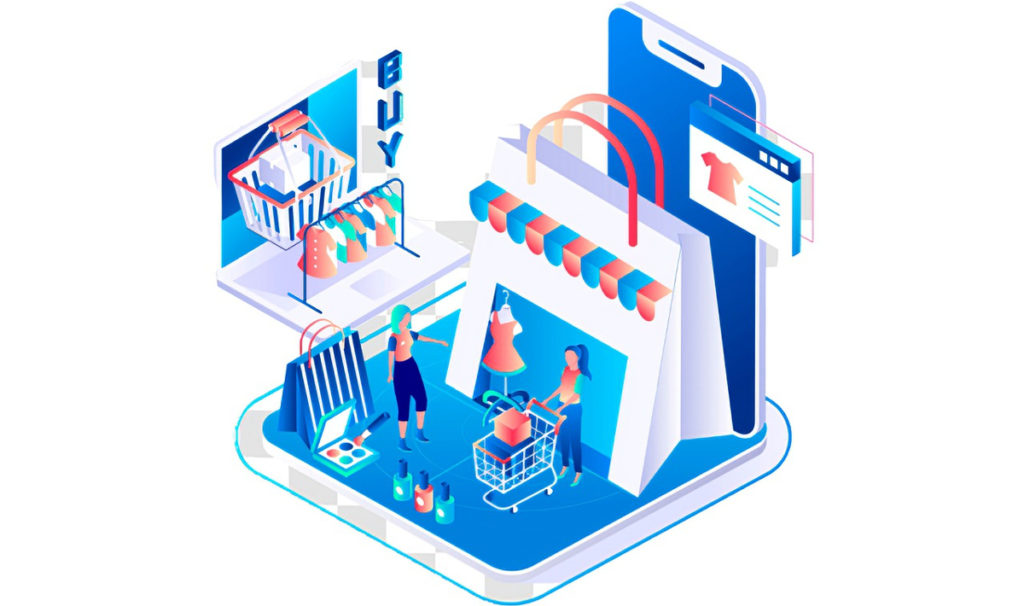By Bill Michels, General Manager of Retail Media at Moloco
For those living under a rock, here’s some news: retail media is booming. Like, really booming. According to the latest forecasts by GroupM, global ad revenue for retail media is expected to exceed television revenue by 2028 and will reach $125.7 billion in 2023.
Simply put, retail media allows advertisers to place ads within a retail platform or marketplace. And it makes sense that it’s grabbing the attention of marketers because it works – and measurably so. Retail media has emerged as a valuable opportunity, creating significant benefits for marketplace platforms themselves and advertisers.
For marketplaces, it unlocks a high-margin revenue stream to support their bottom line whilst ensuring the overall user experience is maintained. By accessing this highly prized inventory, advertisers can in turn reach individuals that are in an active product discovery and purchase-making mindset.
Where retail media really offers a competitive advantage over some other advertising channels is due to its rich first-party data and logged-in user interactions. This means that campaigns can use precise targeting, predictive modelling and real-time campaign optimisation to make it even more engaging and effective. With mobile platform and regulatory body privacy policies impacting signal loss, this relative advantage in signal is even more pronounced.
As with every advertising channel, there are many ways to approach retail media. The most successful and profitable marketplace platforms use outcome-driven models; typically, these involve user-level predictions, continuous optimisation, and have self-service tools that give advertisers access to wide audiences. It is advanced operational machine learning that enables this, and while these fall into a more generic category of retail media, it should and must be highlighted as a distinct approach.
Learning from the behemoth: What Amazon can teach the industry
Amazon is revered as a leader, but it is not alone with the likes of Alibaba, eBay, and various food delivery apps viewed as key marketplace ads platforms too. All of these have one thing in common: they use this advanced approach to retail media. Amazon saw its ad platform reach impressive global revenues of $38 billion in 2022. Its business is fuelled by two million merchants that make up the Amazon Marketplace, many of which are small to midsized advertisers that are looking for simple and automated tools to promote their products. Those merchants advertising on the platform all require performance-driven solutions to understand the impact of their ad spend or return on ad spend (ROAS).
Responding to this need, Amazon built strong machine learning models trained on first-party data to drive impression-level decisions on which ads to serve to specific users, and importantly at what cost. This model more closely resembles the automated ad systems of Meta and Google than manually created awareness campaigns traditionally found in the retail media space.
Understanding the two approaches to retail media
When thinking through which approach to take, it’s important to bear in mind some critical considerations:
- Self-Serve or Managed Service: Is the campaign set up and managed by the advertiser (or agency on its behalf) with simple, scalable self-serve tools using external tech or is it done by a media sales team using an internal tool?
- ROAS or Broad Awareness: Is the goal of the campaign to drive measurable revenue within a short time frame, or is the goal to reach a large audience to influence future purchase decisions but not necessarily tied to a specific timeframe?
- Machine Predicted or Manual Targeting: Do models make user-to-impression level predictions on conversions or engagement, or do humans select audience and demographic segments based on previous campaign results?
- Real-Time Optimised or Post-Campaign Analysis: Are the user predictions and targeting models updated continuously throughout the campaign, or are they analysed afterwards to provide learnings for future campaigns?
Retail Media Networks commonly provide managed service campaigns with a focus on ROAS or awareness, manual targeting and post-campaign analysis. This is effectively the traditional digital publisher sales model with the addition of retail media’s deterministic measurement and enhanced targeting. However, what has made Amazon so successful is an emphasis on self-serve campaigns, ROAS goals, machine-predicted targeting and real-time optimisation.
With tens of thousands of merchants outside of Amazon (e.g. Etsy and eBay), the incentive to advertise increases – particularly when there is a clear measurement of the return on investment. This turns campaigns into always on and uncapped, not spends that are cyclical and subject to marketing budgets. In short, every retailer and retail marketplace has the opportunity to emulate the success of Amazon, and unlock new revenue streams, simply by applying a machine learning engine to its platform.
Both approaches offer ROAS, but machine predicted and real-time optimised campaigns just perform better. Whilst us mere humans have limitations in selecting the optimal data for campaigns – often resulting with decision making applied to broad user segments – operational machine learning models make decisions for each impression based on real-time and historical user events. Underpinned by continuous learning, these campaigns iterate and adjust more in an hour than humans will do over several campaigns. The two retail models discussed are not mutually exclusive. Awareness ads do exist on Amazon, as do clearly Meta and Google but these just do not make up the bulk of their revenue.
It’s critical to understand the distinct models and their characteristics when embarking on retail media programme or planning to implement ads within a marketplace. Both have their merits and will need to be aligned to business models and goals. However, embracing retail media without real-time optimisation or machine learning capabilities does mean foregoing a substantial portion of its potential. Leaders in the industry have recognised this and have implemented their strategies accordingly. By adopting the most impactful and measurable retail media approach, marketplaces can unlock the tremendous opportunity of always on, uncapped budget – and revenue.












